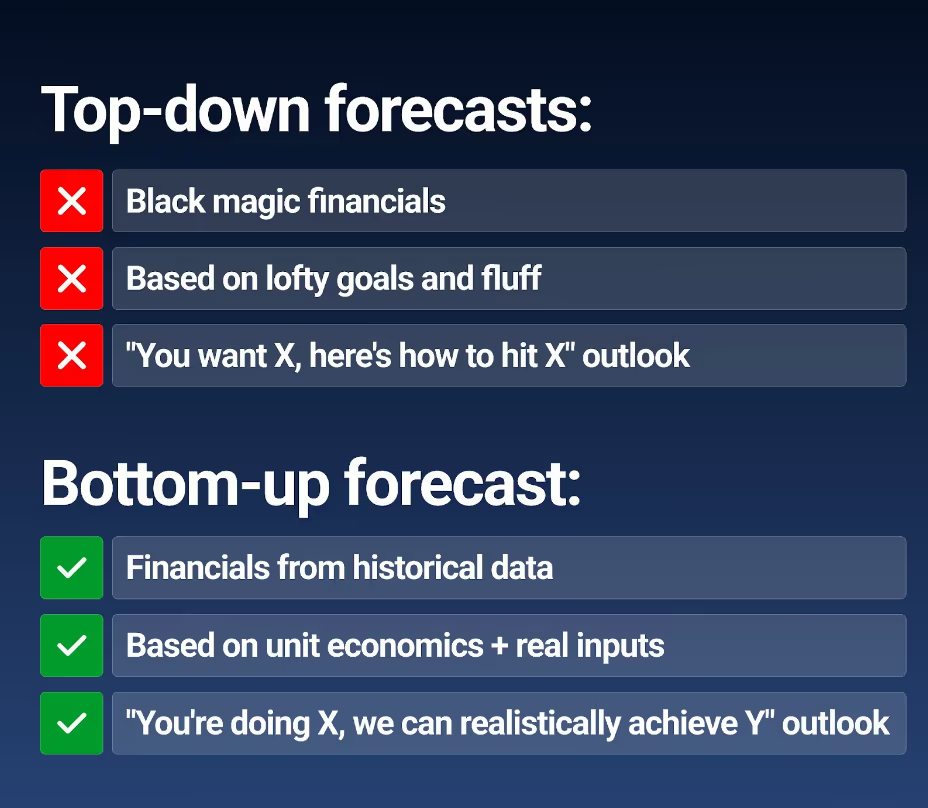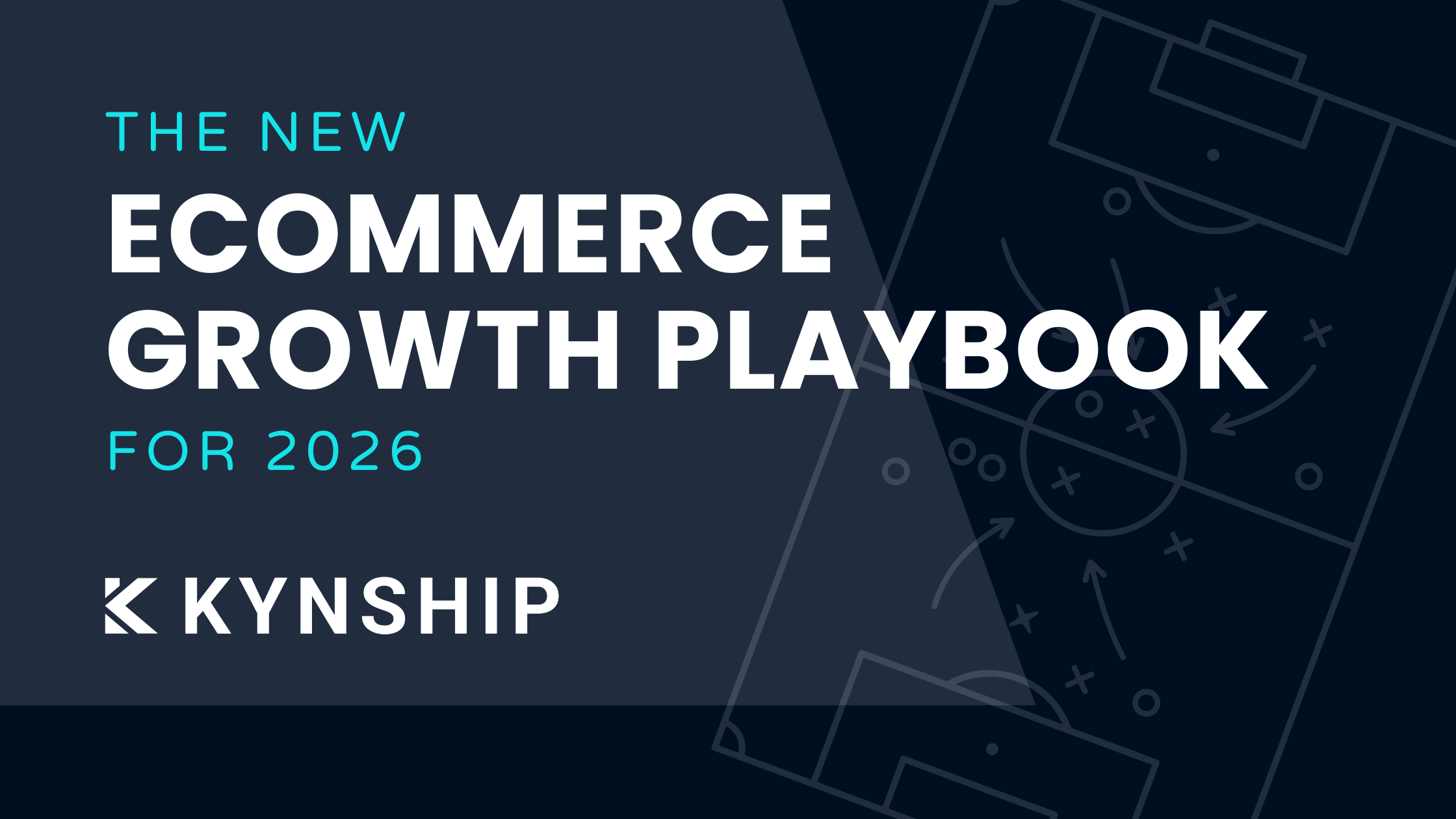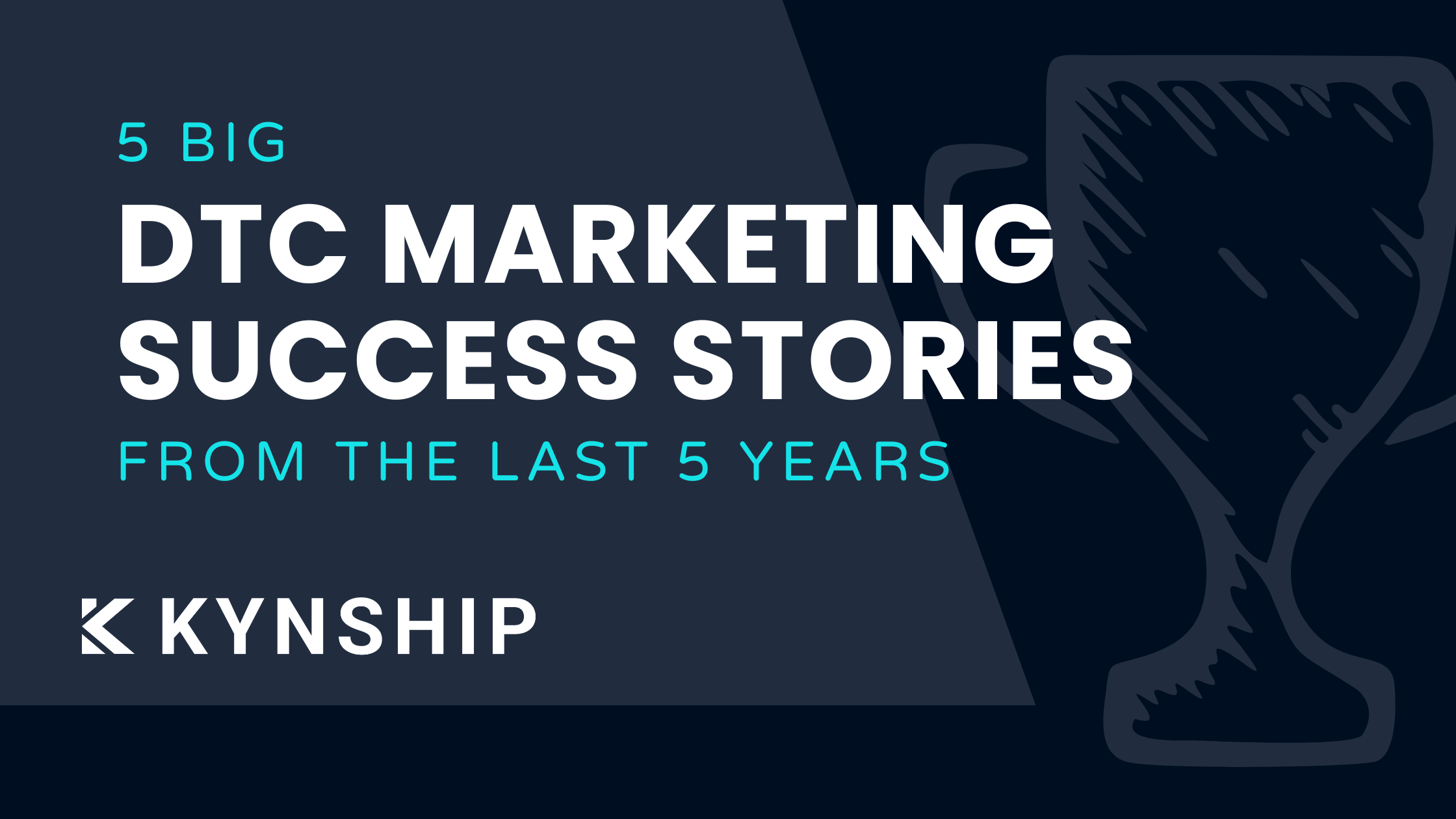Fundamentals of Financial Forecasting: 4 Key Components & 3 Expert Tips

At Kynship, we believe financial forecasts are the foundation of running profitable ads. Without a reasonably accurate forecast, how would you know if you’re succeeding or failing?
If you’re curious about what makes a good financial forecast and need tips on how to create one, keep reading.
Watch this if you’d prefer to learn about financial forecasting via video.
What We Mean by “Financial Forecasting”
First things first: What does “financial forecasting” even mean? It’s the process of projecting every financial metric in your business — considering brand seasonality, fixed costs, and future spending analysis.
But how do you create this forecast? By using historical data and segmenting customers into various cohorts (more on that later).
Here at Kynship, we want to know the full context of your business. We’re taking into account all relevant business metrics like your gross margin, ROAS, cost of delivery, marketing channel, gross margin, ROAS, and delivery costs to customer repeat rates, churn, SKU-specific cost breakdowns, and how Meta is affecting the entire mix.
Sounds extensive? It is! Collecting the data for this forecast alone takes days. But it’s a non-negotiable part of our strategy to set accurate targets, create profitable ads, reduce CAC, and increase new customer revenue.
3 Reasons Why Financial Forecasting Is Essential for Your Business
Our definition of financial forecasting sounds like a lot of work. (And rightly so.) Is it worth the effort? 100%. Here’s why:
1: Financial forecasts help you build a plan
The biggest benefit of financial forecasts is they help you understand how close or far you are from your goals.
Since you’re relying on historical data and taking into account every possible business metric, you can set accurate and achievable targets. This will help you outline a plan to not just “create ads” out of thin air, but create profitable ads.
2: Financial forecasts help you set realistic targets
It’s easy to set grand goals when you’re pulling out numbers from the ether. But when you’re using unit economics, you’re forced to be humble and set accurate cost controls.
A good forecast is supposed to show what’s realistically achievable based on your existing business metrics. Sure, projections can’t be precise to a T, but the goal is to level-set expectations and understand what’s realistic based on your existing numbers.
3: Financial forecasts give you a direct line to execution
When you have a realistic outlook, it’s easy to create an actionable plan. You know your CPA targets, how aggressively you can scale ad spending, how fast you can move, etc. In a made-up forecast, you can’t even tell whether you’re succeeding or failing.
But a good forecast, one grounded in reality, can be made true. And you’ll feel confident that you can execute it because you relied on actual facts and figures pulled directly from your business.
4 Essential Ingredients of an A+ Financial Forecast
The thing with financial forecasts is they can lead you astray if done wrong. Here are four elements that go into an outstanding one:
1: It’s a bottom-up future forecast (and not a top-down one)
Top-down financial forecasts go like this: “We want X revenue and Y profitability, so let's build our forecast around that goal.”
Whereas the bottom-up financial forecast is: “If we do X activities, we can realistically achieve Y.”

You see the difference? The former is like practicing black magic financials — you’re relying on fluffed-up and inflated financial forecasts rather than the proven historical metrics, real business inputs, and unit economics.
The top-down forecast method is well-intended: You want to make every ad dollar count and hit business objectives. However, creating an overly ambitious forecast can shake the foundation of your entire advertising strategy.
So, don’t let uninformed goals dictate your forecast. It should be the other way around. Build your forecasts from existing data and set realistic and achievable (while still ambitious!) objectives.
2: It’s a regularly updated document (not put on set-it-and-forget-it)
A huge chunk of agencies or in-house businesses spend a lot of time, energy, and resources to build a financial forecast. And then never look at it again. 🤷
This results in a ton of wasted ad spend. We recommend sticking to a daily, weekly, and monthly frequency to update the forecast you’ve worked hard to build. This ensures all the data points are up-to-date and you actually execute your plan.
3: It shows you what your true numbers are
CPA targets shouldn’t be a roll of the dice. An excellent financial forecast relies on historical data, such as projected spend, AOV, COD, retention, etc., to help you set profitable targets in your ad account.
Remember: Your financial forecast is the document for data, not desire. It should show you what’s practical and rooted in reality.
4: It helps you create flexible plans
It seems basic, but it’s often forgotten: A financial forecast is a guide, not a guarantee.
Sure, it helps you carve an actionable step-by-step plan to execute a successful paid media strategy. And your job is to achieve results that are as close to the forecast as possible. But make no mistake: You’ll need to make adjustments as you bring this plan into the real world.
Your financial forecast should help you create a moldable plan — you need to call pivots as you see the real-world performance of your ad account.
With all that noted down, the following section shares actionable tips to carry in your back pocket before you create your first financial forecast.
Getting Started: 3 Pro Tips for Building Your Financial Forecast
Here are three tips to remember before you start building your financial forecast:
1: Solidify long-term goals for your business
If you don’t know where to go, it’s hard to reach your destination. A clear, long-term business goal will dictate your next steps. Do you want to build a generational business? Or do you ultimately want to sell? What do you want from your business?
These goals don’t need to be ultra-specific or tied to a timeline. Maybe you have a concrete goal of selling in the next six years. Or perhaps you’re more flexible and want to sell whenever you achieve a specific revenue target. The aim of structuring your goals isn’t to hunker you down into a box but to get clarity on which direction you want to take.
Once you start reflecting on your long-term goals, you’ll also gain clarity on what you need to achieve in the short term to ultimately meet your end objective.
Bottom line: Knowing your overarching ultimate goals helps you save time, gain momentum, and build the foundation for sustainable growth.
2: Gather historical data on a per-SKU basis and segment your customers
Collect two years of historical data (if possible) to build your financial forecast. This collection includes all business metrics, cost breakdown by product SKU, customer repeat rate, creative scoring, churn rate, and more. In the qualitative aspect, you also want to note brand seasonality and outline a future spending analysis.
Why gather so much data? Auditing your current finances will help you create a reasonable financial forecast for the future. Having the full context of your business will help create a paid media strategy that takes into account all facets of your business — because nothing in a company exists in a silo.
While you’re at it, you’d also want to divide your customers into three segments:
- New customers (first-time buyers)
- Recently acquired customers (who came in the past 180 days)
- Active, non-recent customers (who purchased in the past 180 days, but were acquired before then)
These three groups behave quite differently from each other. If you lump them together, you might not be able to reach accurate conclusions. But when you separate them into the cohorts mentioned above, you’ll start to see a pattern emerge — within these segments, the customers behave predictably (exactly what we want). Carry this data with you before you begin creating your financial forecast.
3: Decide when and how often you’ll update your financial forecast
As mentioned earlier, one of the core ingredients of an A+ financial forecast is that it’s never ghosted.
Before you start, decide how often you can update your forecast and mark it in your calendars accordingly. Ideally, you should update it weekly. It’ll provide insight into your ad performance, enabling you to take desired actions quickly. At the end of the month, do a deeper dive into your numbers and ad performance.
Collecting the Numbers Isn’t Enough (What Next?)
This article helped you understand:
- What is financial forecasting: It’s projecting every financial metric in your business — also considering brand seasonality and fixed costs.
- Why you need financial forecasting: Because without it, you can’t tell whether you’re succeeding or failing. Financial forecasts help you build a plan and set a direct line to execution. Not to mention: Data enables you to create realistic and achievable targets.
- What makes a great financial forecast: A great financial forecast is rooted in your business’ historical data, regularly updated, and helps you create a flexible growth plan.
- What you need to get started: To begin financial forecasting, first solidify your long-term goals. Then, start gathering historical data — everything from business metrics to brand seasonality. Ultimately, decide how often you’ll update and analyze your forecast.
This article is a great starting point for anyone who wants to understand the core concepts of financial forecasting. But the next question becomes: What do you do with the numbers? How do you analyze them and use the data to make informed decisions?


5 DTC Marketing Success Stories From The Last 5 Years
Five real DTC marketing success stories from the last five years, breaking down how brands scaled despite rising CAC, creative fatigue, and tougher competition, plus key lessons you can apply today.

The New Ecommerce Growth Playbook For 2026
These are the ecommerce growth marketing strategies we are using right now to successfully scale DTC brands from $2M to $50M.
Bi-weekly tips to reduce your CAC
Join thousands of DTC operators and subscribe to Cut the CAC for insights from the Bottom Line Podcast and Kynship's growth strategies.


.avif)
.avif)
.avif)



